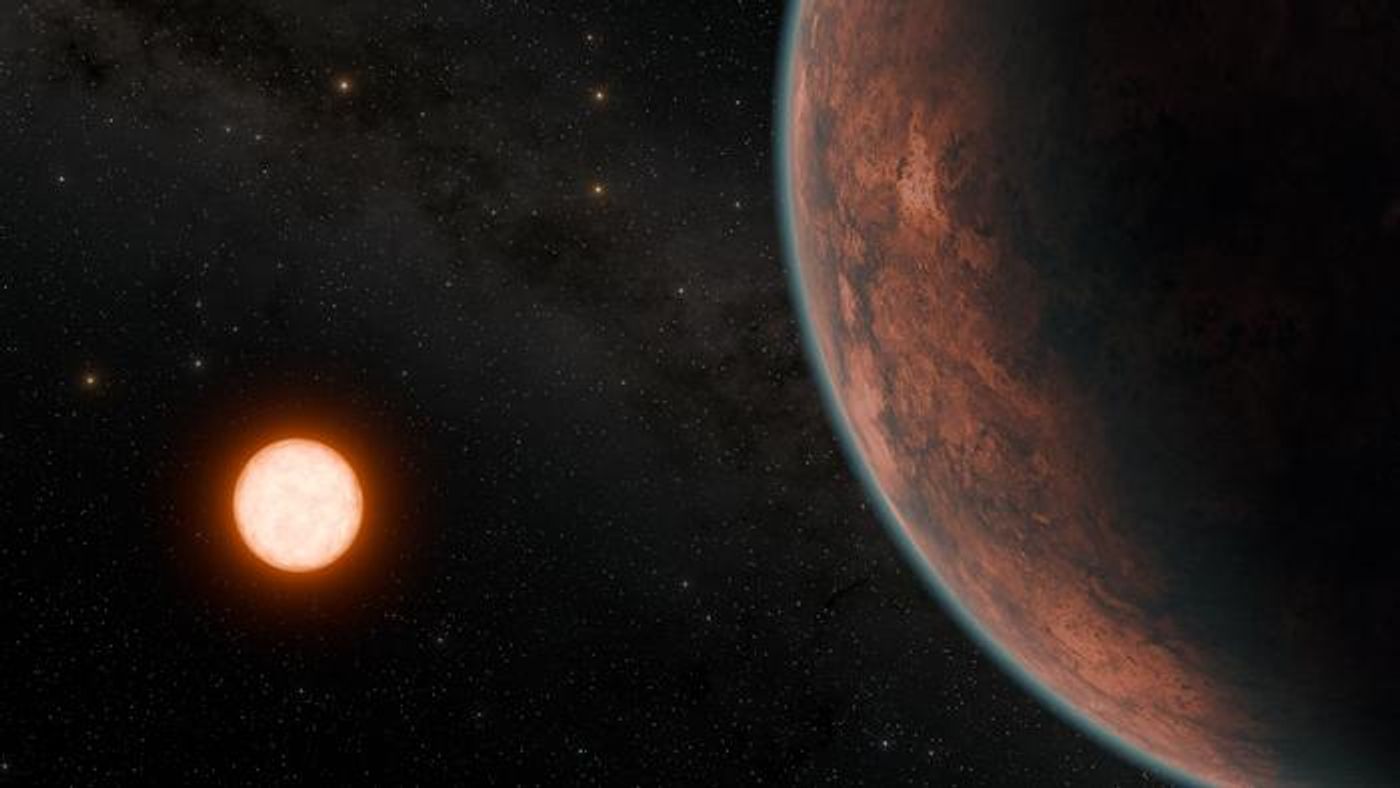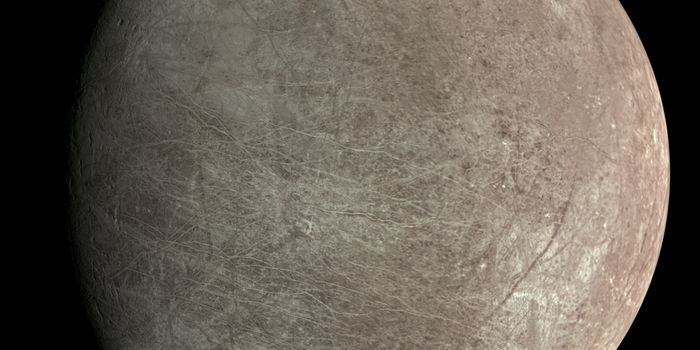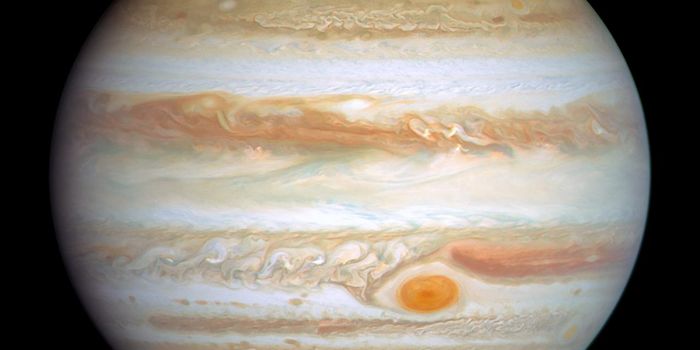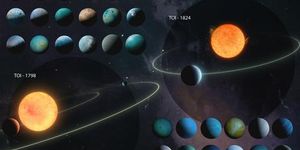Gliese 12 b: A new Earth-like planet with a surface temperature of 107°F
Are there Earth-like exoplanets in the Milky Way Galaxy? This is what a study published today in the Monthly Notices of the Royal Astronomical Society hopes to address as a team of international researchers have announced the discovery of Gliese 12 b, which is located just under 40 light-years from Earth and whose size and is comparable to Earth, with a surface temperature approximately twice of Earth. This study holds the potential to help astronomers further narrow the search for a potentially habitable exoplanet that could mimic Earth-like conditions.
"Gliese 12 b represents one of the best targets to study whether Earth-size planets orbiting cool stars can retain their atmospheres, a crucial step to advance our understanding of habitability on planets across our galaxy," said Shishir Dholakia, who is a doctoral student at the Centre for Astrophysics at the University of Southern Queensland and lead author of the study.
Artist’s rendition of Gliese 12 b, which is an Earth-sized exoplanet located approximately 40 light-years away and orbits a star approximately one-quarter the size of our Sun. (Credit: NASA/JPL-Caltech/R. Hurt (Caltech-IPAC))
For the discovery, Gliese 12 b was first identified by NASA’s TESS (Transiting Exoplanet Survey Satellite) with follow-up observations performed by a combination of space- and ground-based observatories, including CHEOPS (CHaracterising ExOPlanets Satellite), MINERVA-Australis, SPECULOOS (Search for habitable Planets EClipsing ULtra-cOOl Stars), and Purple Mountain Observatory, and additional TESS observations. In the end, the researchers found Gliese 12 b had an orbital period of approximately 12.7 days, a radius almost exactly that of Earth, and a potential surface temperature of approximately 107°F (42°C).
"It is thought that Earth's and Venus's first atmospheres were stripped away and then replenished by volcanic outgassing and bombardments from residual material in the solar system,” said Larissa Palethorpe, a doctoral student at the University of Edinburgh and University College London and a co-author on the study. "The Earth is habitable, but Venus is not due to its complete loss of water. Because Gliese 12 b is between Earth and Venus in temperature, its atmosphere could teach us a lot about the habitability pathways planets take as they develop."
Going forward, NASA’s James Webb Space Telescope could be used to conduct future observations of Gliese 12 b given the latter’s unique, and potentially habitable, planetary characteristics.
What new information will we learn about Gliese 12 b in the coming years and decades? Only time will tell, and this is why we science!
As always, keep doing science & keep looking up!
Sources: Monthly Notices of the Royal Astronomical Society, EurekAlert!









